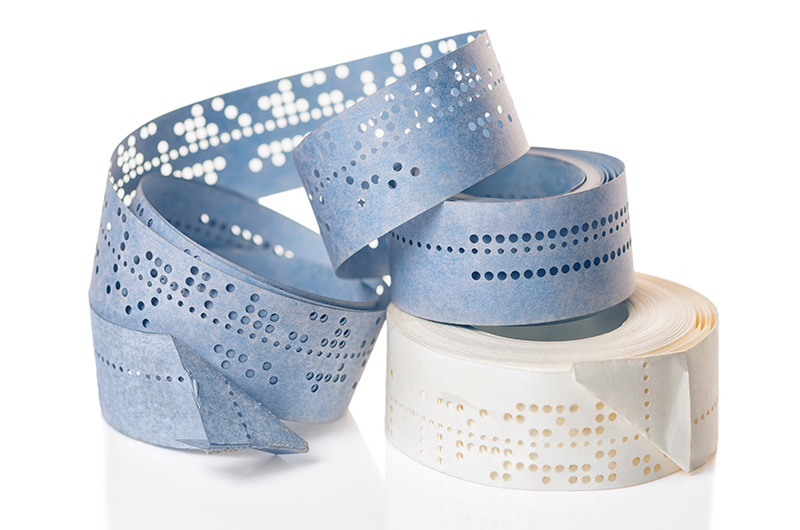A VISION FOR THE FUTURE
In the three decades since I founded OPTEL, technology has evolved in ways I could only have imagined when I was a college student. Back then, we still used perforated cards. It was the very beginning of the age of computers.
When I graduated from university and decided to start OPTEL as an electronic optical vision company, I toured manufacturing plants to get the lay of the land. Computers at that time were not linked to each other; it was really basic. There were no sensors, no vision systems on the production lines. The processors of the day were simply not powerful enough.
Of course, it was possible to link computers so that the production lines could communicate information to other parts of the manufacturing plant, but very few manufacturers were doing it. Conducting vision analysis on the production lines required a very expensive box the size of three refrigerators. These were early days in the evolution of technology.



